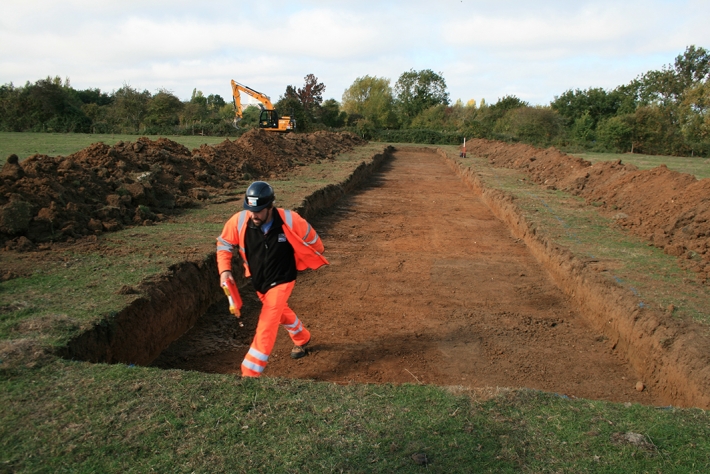ByDr Michael Dawson FSA MCIfA
CgMs
THE revised National Planning Policy Framework (NPPF) was published unexpectedly in July this year. Long anticipated, it put house building at the forefront of policy. Heritage was given new section, 16 rather than 12, and the text of the original Conserving and Enhancing the Historic Environment re-ordered in paragraphs 184 to 202.
Little, though, has changed. World Heritage Sites have been given greater prominence but the old uncertainties remain. Setting (para 194) and non-designated heritage assets (para 197), and how to define substantial and less than substantial harm will remain the battle ground at public inquiry.
So what is the key to pursuing a successful heritage led application?
Firstly, pre-application advice – find out early which elements of a site pre-occupy the local authority. How can your scheme address these? Be realistic – an argument which is not credible can affect how an inspector, case officer or planning committee treat your case as a whole.
Assess the impact of setting as clearly as possible. Approach this in stages. Define the significance of a heritage asset, its setting in which its experienced, the relationship of setting to significance and then judge where the impact of a scheme lies. Try to emphasise the scheme’s benefits. Restore a view, provide some public open space so a heritage asset can be better appreciated, and think of extinguishing permitted development rights to avoid later unattractive changes. Could you use local materials or local labour? The High Court has ruled that the Secretary of State can have regard to such matters.
Despite these points, greenfield sites will still, almost certainly, require archaeological evaluation. This has become a well-trodden path from desk based heritage assessment to geophysical survey and trial trenching but as projects such as DIRFT and the A14 have shown new techniques bring increased requirements. Today LIDAR (Light Detection and Ranging) and aerial photograph assessment are increasingly part of the evaluation process. If in doubt seek professional advice. Contact CgMs on 01536 790447 or e-mail mike.dawson @cgms.co.uk


